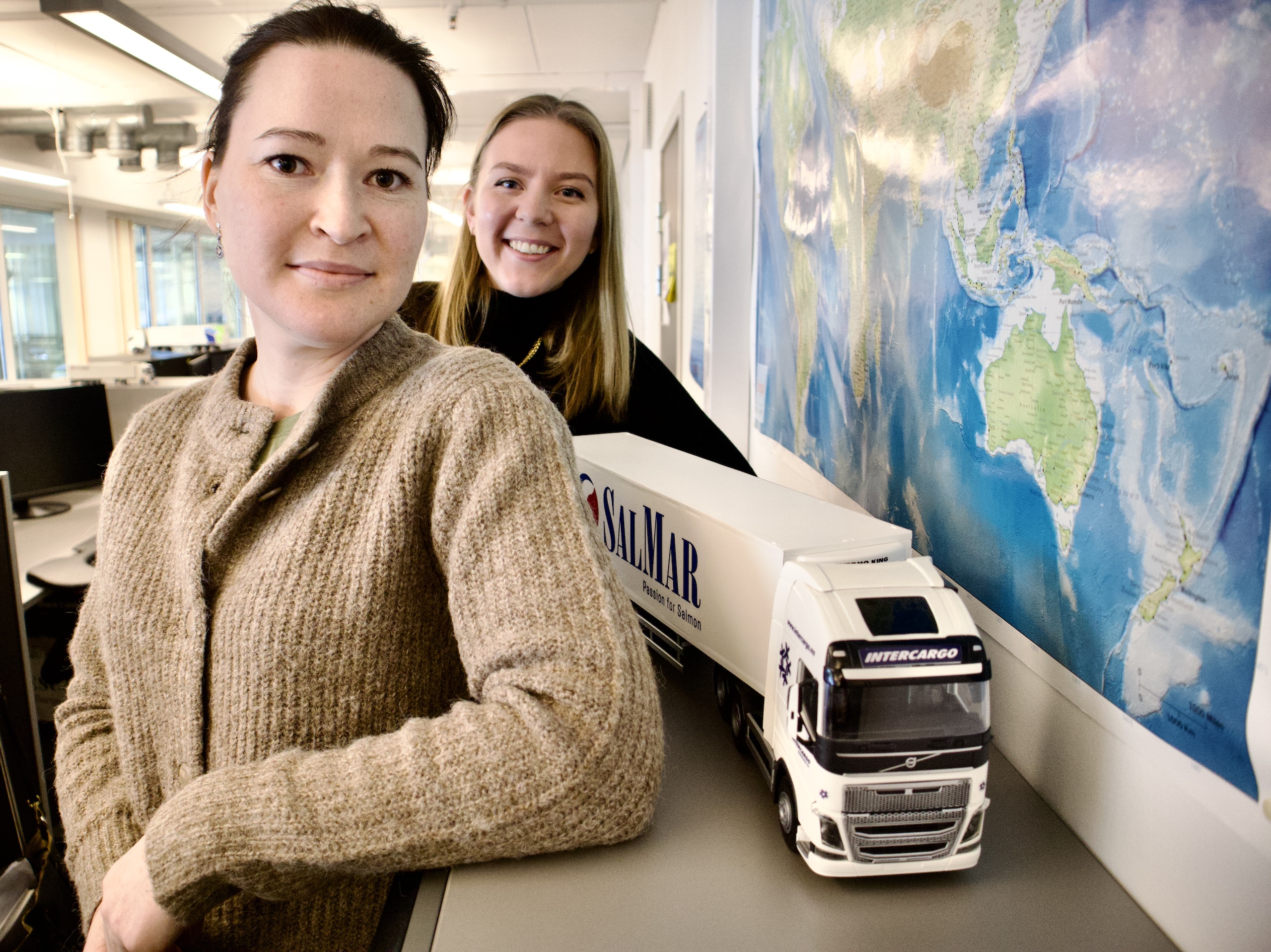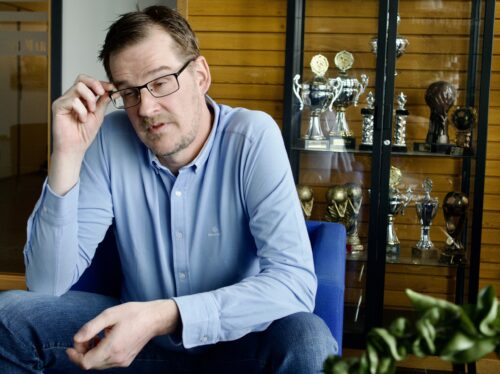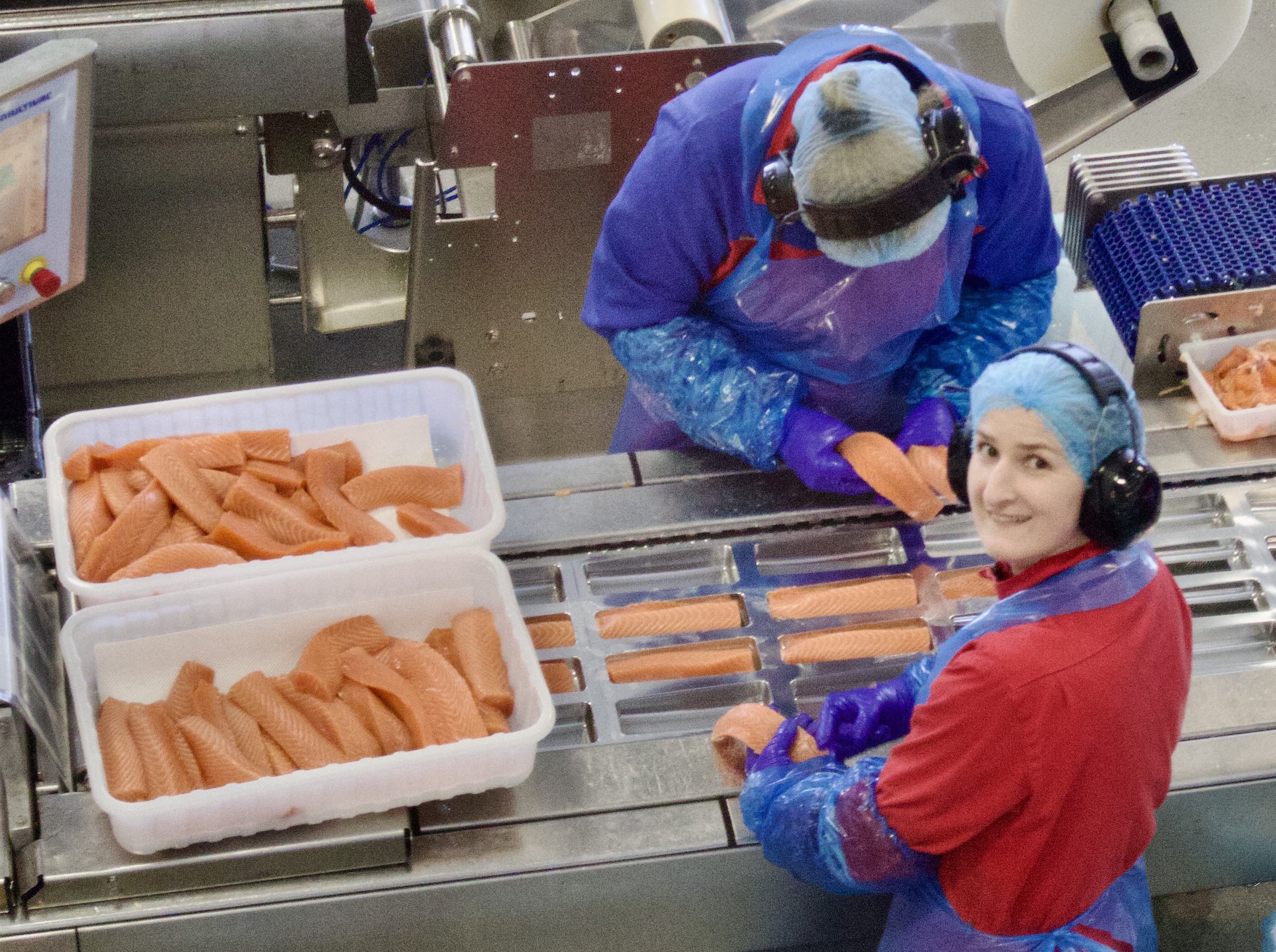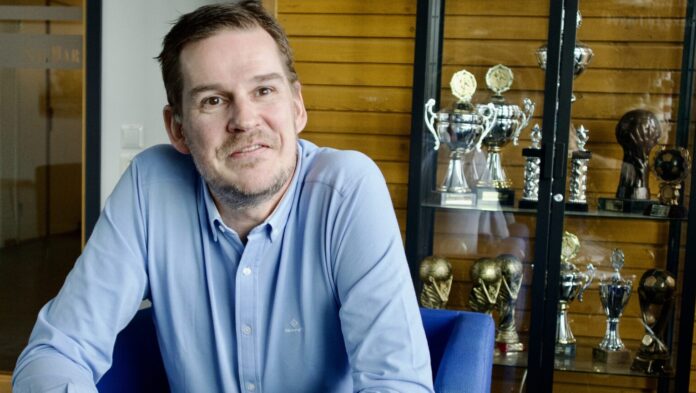Norwegian salmon farmer SalMar must balance profits and moral obligations.
It’s the last day of the first quarter of the year – a quarter with an outbreak of war, diesel prices few dreamed of and less biomass in the sea than normal. Last week, the average price was around €0.1 but it does not stop there, SalMar, the world’s third largest salmon farmer, believes.
“It now tends to rise sharply, it does. Has been a period after the war in Ukraine broke out, where it was both psychology and other conditions that struck. Now we see that prices will rise sharply, and it is the supply of salmon that now determines the price,” Jørn Erling Larsen, SalMar’s European sales director, told SalmonBusiness.
“85 percent of the price is supply, while the rest is demand. We see that on a national basis there will be hardly any fish for the next two to three months.”
Read also: Slightly lower salmon prices for next week
“How are you doing with biomass compared to it on a national basis?”
“We are constantly trying to see ourselves as a mirror for the industry, in that we are located in the areas where most salmon is produced, from Central Norway and north. What we experience is often an average of Norway. Then we know that this happens fast and from day to day there can be changes. We make a living from trying to utilize the licenses at all times, and therefore depending on a good dynamic they at sea.”
Read also: The salmon price weakens, but the 80s party continues

Trude Larsen are senior sales assistants. (Photo: Steve Hernes)
It’s important to keep your friends
“To the extent we can, we must balance profit against production to get that basket maximum at all times. Then we have obligations on contracts, and moral obligations in relation to friends that we have had since the dawn of time. Maneuvering this into a map and a geography that will make everyone happy.”
“Can you work together today then?”
“I’m not sure, but we have been involved for so long that what is one’s opportunity one day is the other’s the next.”
“Who are the best companies to work with?”
“We have always focused on further processing and the creation of jobs and ensure a lot to do on Frøya. Our processing customers are far more long-term than those who buy in the spot market and only get the salmon as cheaply as possible at any one time.”
“The long-term contracts do not give the best profit in good times, but they ensure activity and that we have a lot to do year in and year out. That we have a job, it has always been important for CEO and founder Gustav Witzøe and SalMar,” says Larsen who should know what Witzøe thinks, after working for him for 31 years now.

Spot versus contract
SalMar reports a share of long contracts of 32-33 percent for the corresponding period last. According to Larsen, they constantly try to have the proportion that is best for the totality. At times, spot versus contract can have a big impact.
“We have experienced weeks where we have at least had 30-40 kroner (€3-4) higher on the spot than our fixed contracts. On the opposite side, we have had up to 20 kroner (€2) in profit in individual periods. When it was at its worst with Covid, we experienced 10-15 kroner (€1-1.5) a kilo in profit for fixed.”
“It will be difficult to find the exact level of fixed contract in the future. Then we use forward indications, what do we believe in ourselves, and what are we willing to give to have security at the bottom, what flexibility does it give us. We produce mixes of fresh, fillet and frozen. We must have that mix to take advantage of this in the challenging times.”
Definitely a good quarter
“It is no secret that the industry has had a good quarter, and we have our representative share of this, so SalMar has certainly had a good quarter. A core driver with us has always wanted to do better than yesterday,” says Simon Søbstad, Deputy Sales and Industry Manager at SalMar.
“It is reassuring for us to know that we have our own facilities that have the necessary capacity, both here and on Senja, an island in the north of Norway. We have a high capacity that can both be insurance for the farming side, but also a window for possible larger production when we want,” says Søbstad.



